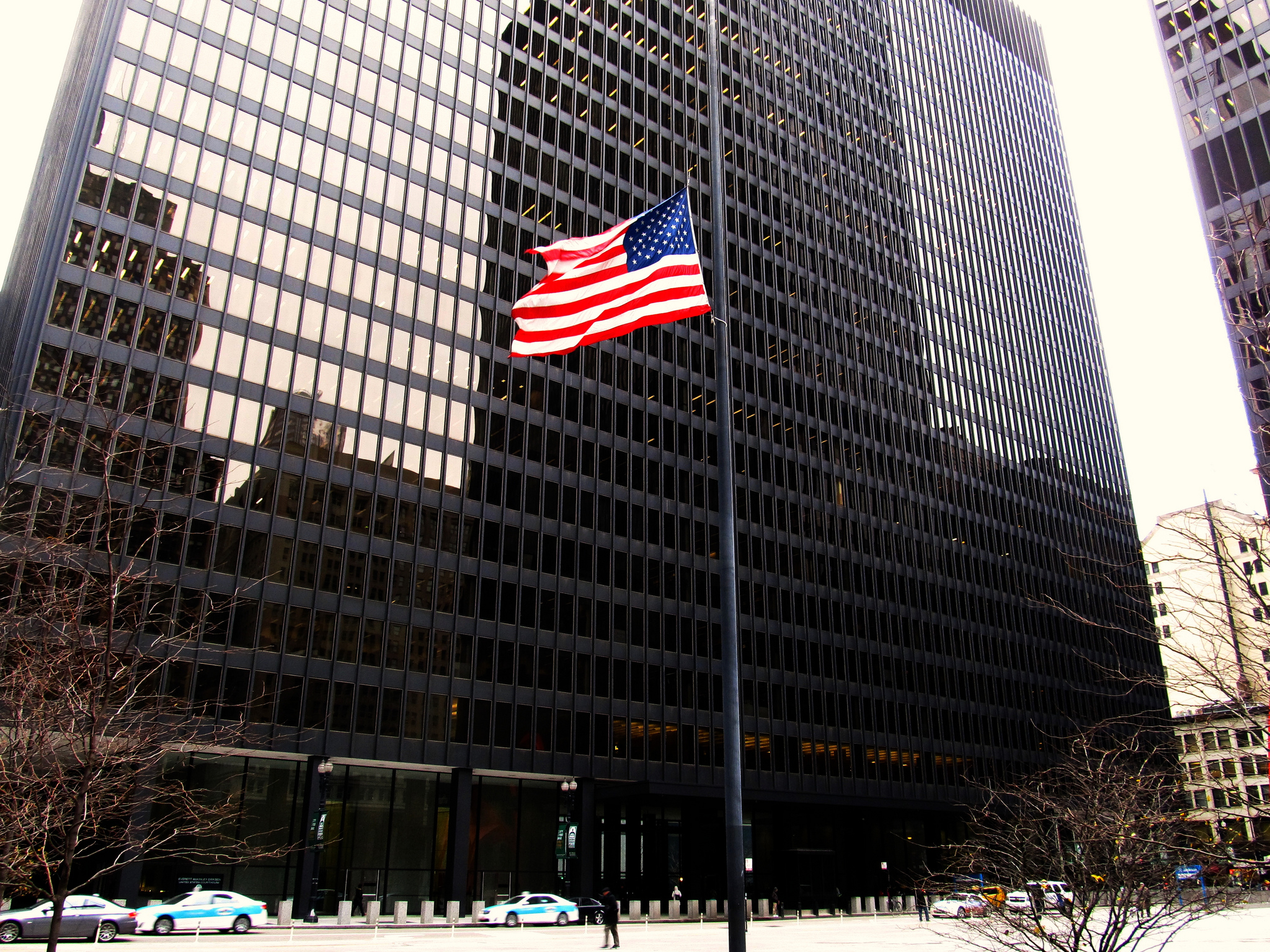Looking back at the dramatic final week at the Supreme Court, here is my take on what was expected and what was surprising.
The expected:
1. The holdings. The outcomes in the big three issues—affirmative action, the Voting Rights Act, and gay marriage—played out more or less as expected. Affirmative action survived, albeit with sharper limitations (Fisher). The preclearance provision of the Voting Rights Act was gutted (Shelby County). DOMA’s limits on federal marriage benefits were struck down (Windsor); and there will be gay marriage in California but there will not be a national constitutional right to gay marriage (Perry). These outcomes were pretty well telegraphed through recent Court decisions and in oral arguments earlier in the term. On the big questions, I would say there was not much in the way of surprises.
2. Congress had a bad week at the Court. Putting together the majorities in Shelby County and Windsor, every justice last week went on record harshly criticizing federal legislation passed by strong majorities. The final week of last year’s term ended on a similar note: in the health care opinion, the conservatives described at length the shortcomings of our nation’s elected representatives.
3. Scalia’s dissent. The only thing Justice Scalia dislikes more than the idea of the Court striking down limitations on gay rights is Justice Kennedy writing the opinion striking down limitations on gay rights. He makes no effort to hide his contempt for Kennedy’s efforts to use constitutional law to protect gay rights. Scalia takes obvious pleasure in skewering, often quite viciously, Kennedy, whose tendency to write opinions that rely on declaratory rhetoric more than rigorous doctrinal explication make him a rather easy target for Scalia. We’ve seen this show before, in Romer v. Evans (1996) and in Lawrence v. Texas (2003). Readers of Scalia’s dissents in these previous gay rights decisions might have assumed he had gone about as far a Supreme Court justice could go in lambasting an opinion of the Court. His Windsor dissent proved such assumptions wrong.
4. Thomas on affirmative action. We know that Clarence Thomas is a passionate opponent of affirmative action. Among our nation’s leaders, Justice Thomas surely must be one of the most forceful, uncompromising critics of all forms of racial preference in education. His concurrence in the affirmative action ruling, like Scalia’s dissent in the DOMA case, largely reiterates themes we have heard before. (A remarkable number of citations in Thomas’ concurrence are to his own concurrences and dissents in earlier cases.) And like Scalia’s Windsor dissent, in returning to familiar themes Thomas has also ratcheted up his rhetoric. Particularly striking was his extended effort to equate the defenders of racial diversity in higher education with those who defended segregation in the litigation in Brown v. Board of Education. Thomas has made this hyperbolic assertion in earlier decisions, but now he seems intent on actually trying to prove the point.
And two surprises:
1. The votes in the affirmative action case. Fisher was 7-1, with only Justice Ginsburg in dissent (and Justice Kagan recused). Two noteworthy points here. First, Chief Justice Roberts and Justices Kennedy and Alito joined an opinion in which they accepted the standard for evaluating affirmative action plans established Grutter, the 2003 decision upholding Michigan Law School’s admissions policy. Why is this significant? Because (a) Justice Kennedy dissented in Grutter, and (b) Chief Justice Roberts wrote, and Justice Alito joined, an opinion in Parents Involved—the 2007 decision striking down local race-conscious school assignment plans—that included strong language condemning racial classifications of all kinds. Fisher signals that while a majority of the justices are critical of racial preferences in university admissions, their attack is to be an indirect one. The Court is progressively narrowing the scope of constitutionally permissible race-conscious admissions policies, steering schools toward race-neutral alternatives.
Another point about the 7-1 vote in Fisher: Justice Ginsburg was all alone in articulating the liberal case for race-conscious policies. Why did Justices Breyer and Sotomayor not join her here? Perhaps they felt that by joining the majority, they could assure a stronger defense of Grutter. There clearly was something interesting going on behind the scenes here. Regardless, it is noteworthy that on this most contentious of constitutional controversies, there does seem to be a moderate, if grudging and perhaps ephemeral, middle ground that has developed on the Court. Some of the liberals are willing to accept that race-neutral alternatives can achieve considerable racial diversity; some of the conservatives are willing to accept a limited place for race-conscious decision-making in university admissions. It is worth noting that beneath the heated rhetoric on this issue, this kind of moderate compromise is about where a majority of the nation is on the question.
2. Kennedy’s Windsor opinion. Another one I didn’t see coming was the really sweeping pro–gay marriage language of Justice Kennedy’s opinion for the Court in the DOMA case. Kennedy clearly was laying the groundwork for a future Court decision striking down prohibitions on gay marriage throughout the nation (either by him or by some other justice relying on his opinion in Windsor, as well as his opinions in Lawrence and Romer). Scalia, in dissent, was surely right to portray the decision as offering little in the way of justification for why its reasoning would not apply to state-level gay marriage prohibitions. Kennedy’s opinion does not, strictly speaking, resolve anything more than DOMA; he went out of his way to disclaim an application of his reasoning beyond DOMA. But the broad language of this opinion, particularly its resonant emphasis on the dignity value of state recognition of marriage, will make it easier for another Court, on another day, to issue a decision declaring prohibitions on same-sex marriage unconstitutional. When? Scalia suggested next term. It’s hard to see it happening this soon. But someday in the near future—and considering the stunning achievements of the cause of marriage equality over recent years, probably sooner than expected.




Leave a Reply